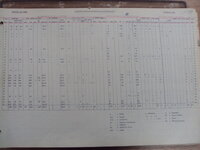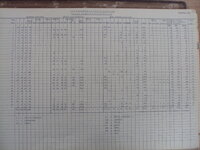J.A.W.
Banned
A couple of possibilities (IIRC, I've seen IICs with a pair of Hispanos removed - & the discards used as extemporised flak guns),What I was referring to regarding the Bf 109F was that it's nose gun was accurate, though I'm not sure how much they even employed those against 8th AF heavies. They mostly faced other fighters and fighter-bombers, and light and medium bombers in North Africa, though toward the end there were some B-17s and B-24s there. I think the Luftwaffe at that time and in that Theater preferred not to engage the bomber strikes too closely, for a variety of reasons.
No doubt, I'm sure Fw 190s were scary as hell. I was just surprised to see that Ki-43s kind of had the number of B-24s, clearly. They even shot down some B-17s and one or two B-29s.
Without a doubt. I'm sure they were typically using other methods to shoot them down, God knows they shot down plenty of them.
As a side note, it's also interesting to see that most of the Hurricane squadrons I looked up had IIb or even IIa types. I wonder if that was due to shortage of IIc (seems unlikely) or some other reason, like maybe they preferred the .303 armed versions in this Theater.
1, Weight - if carrying bombs & full of juice on rough strips, - less is better.
2, As noted by A. Peart, the Spit-jockey - the .303" could 'put a lot of lead into them'.


